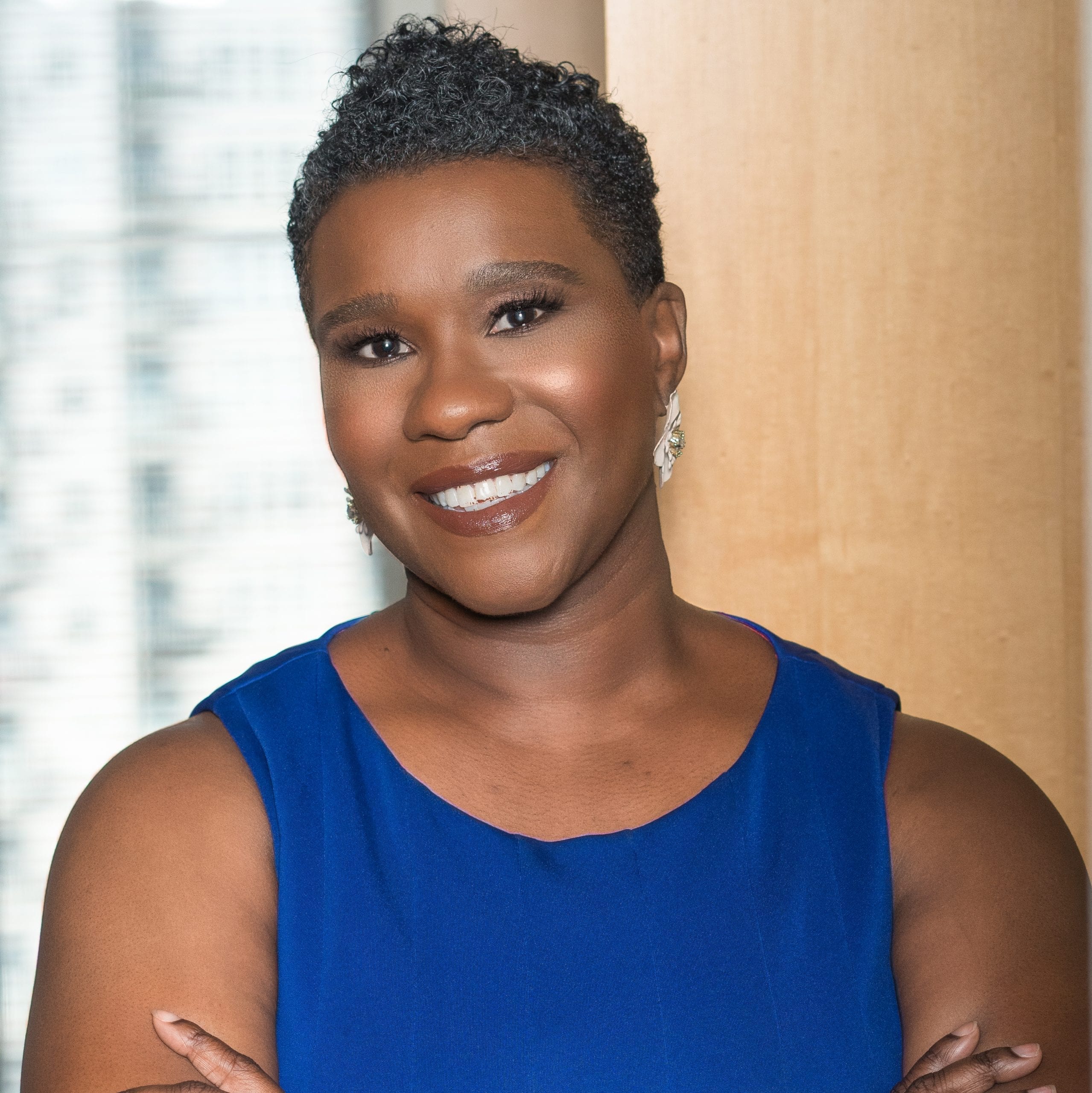Mindfulness: 3 Exercises To Do At Work

It’s a scene worthy of a Hollywood movie. Last year, Bianca Andreescu triumphed at the US Open Tennis Championships, defeating her idol Serena Williams. In front of a vast crowd, the 19-year-old athlete became the first Canadian to win a Grand Slam singles title. The key to her historic victory? Mindfulness meditation, she told mesmerized journalists.
Popularized in the 1970s, mindfulness is enjoying an unprecedented boom. Many athletes are fans of it, including NBA star LeBron James and world No. 1 men’s singles tennis player Novak Djokovic. Mindfulness practice is also gaining ground in large companies like Google, Target, General Mills, and Goldman Sachs.
Many benefits
The benefits of mindfulness are now well documented. According to a literature review published in JAMA International Medicine (2014), regular practice helps reduce stress, anxiety, and symptoms of pain and depression. Other studies point to increased focus and attention, improved memory, and better emotional regulation. Mindfulness is even said to promote a state of flow — with complete focus and productivity. Impressive!
Suitable for athletes… and professionals!
In these turbulent times, can mindfulness promote fulfilment at work and the achievement of our professional goals? Of course!
“We expect big results from managers, just like we do from athletes. They must perform on cue, under the gaze of colleagues and competitors,” explains Julie Senécal, mindfulness instructor at Mindful flow and mental performance consultant. During a tournament or pivotal meeting, state of mind can be the difference between a win and… a flop.
With mindfulness, we manage our stress better and therefore conserve our energy. “The practice leads us to be calmer, more centred, more creative. So, we end up making better balanced, more suitable decisions,” says Julie Senécal, who is also a member of the Canadian Sport Psychology
What is mindfulness?
“Mindfulness is the awareness that arises through paying attention, on purpose, in the present moment, non-judgementally,” Julie Senécal tells us, quoting Jon Kabat-Zinn’s definition. “I choose to pay attention to what I see, hear and feel. It’s a way to press pause, to create space for ourselves within our busy day.” It’s meant to be practiced with no expectations, without forcing it.
Integrating it at work
“The important thing is making it a habit,” emphasizes the instructor. We can meditate for three minutes, between meetings, at our desks. Ideally, choose moments of transition: waking up, lunchtime, or after powering down the computer at the end of the day. It provides a clear break. “Working from home, and the kids will be back from school soon? Take 5 minutes to re-centre yourself.”
3 exercises to do at work
Mindful Breathing (3 minutes)
1. Stop. Pay attention to the present moment. Observe the sensations in your body, your thoughts, your emotions.
2. Focus. Turn your attention to your breathing. Feel the air coming in and out of your nostrils.
3. Create space. Expand your attention, become aware of your entire body breathing.
Take in the Good – by Rick Hanson (30 seconds, 5 to 10 times daily)
1. Activate. Let yourself notice a pleasant feeling (if necessary, create an experience likely to generate this good feeling). For example: walk outside and feel the wind on your face.
2. Enrich. Stay with the feeling, savour it by giving it your full attention. Is the wind gentle or strong, warm or cool?
3. Absorb. Let this feeling really sink in, feel it in your whole body.
Mindfulness Check-in (3 to 15 minutes, your choice)
1. Sit comfortably, back straight, head aligned with your spine, feet firmly on the ground. Close your eyes.
2. Turn your focus inward.
3. Take 30 seconds to ask yourself: how’s it going? Try to feel the answer without analyzing it. Welcome whatever comes up.
4. Focus on your breathing. Notice it without changing or forcing it. For example, feel your belly expanding and contracting. Accept drifting thoughts and return your focus to your breath.
5. Gently bring your focus back to your surroundings, move your fingers, and slowly open your eyes.
Follow us on Facebook and LinkedIn, and subscribe to our newsletter for all of the latest contents







